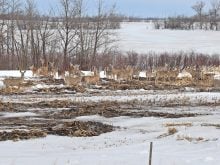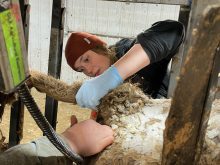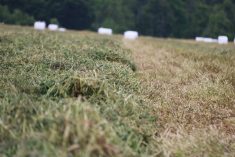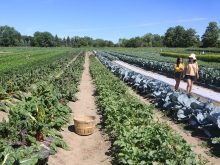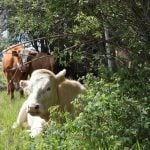The food industry has been embracing the Hazard Analysis Critical Control Points system of food inspection as the wave of the future. It is a costly investment that requires equipment, employee training and a more precise measure of food safety as it moves through the processing line. Recently, Calgary-based Western
Producer correspondent Barbara Duckworth visited an Alberta lamb plant to see how the system works.
INNISFAIL, Alta. – Dave Hale, manager of the Canada West Foods lamb plant, is not one who likes government to tell him how to run his business.
Read Also
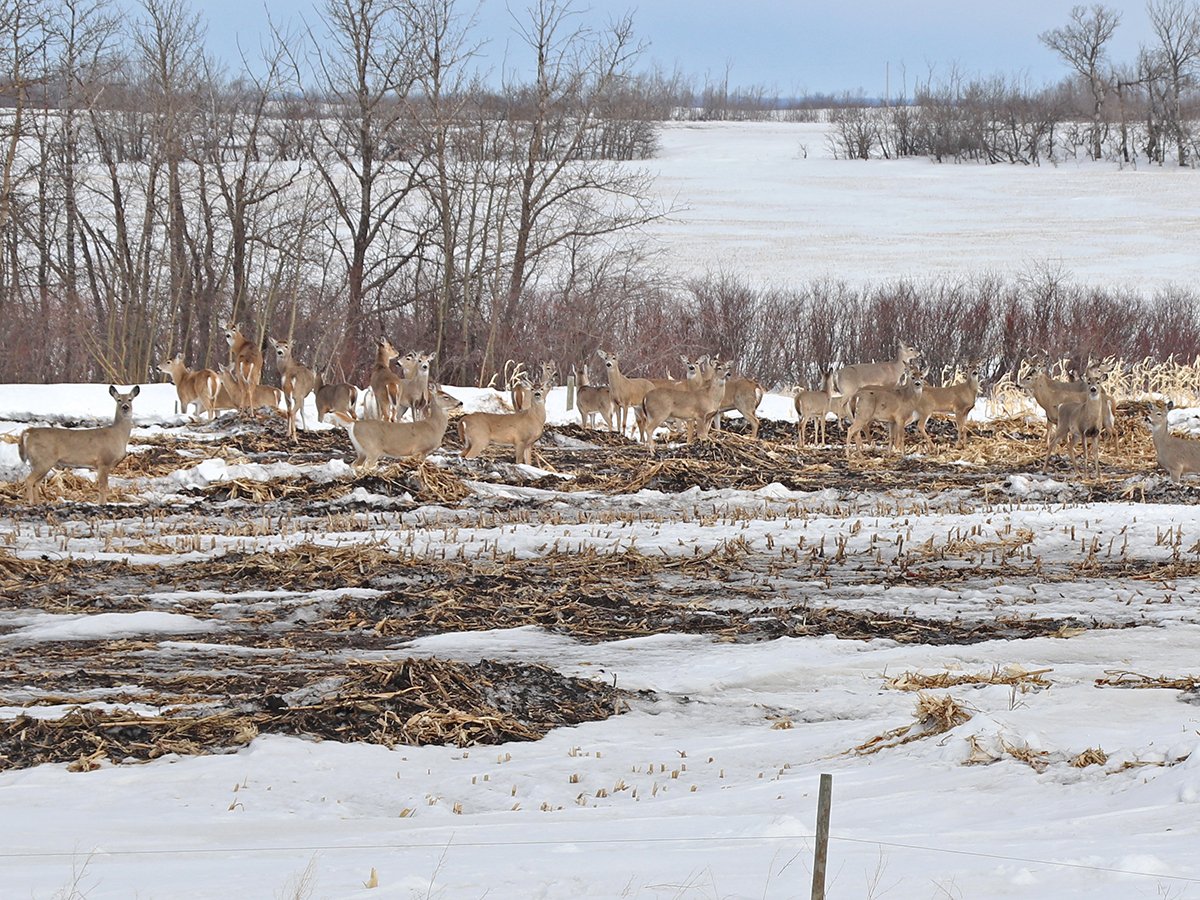
Foot-and-mouth disease planning must account for wildlife
Our country’s classification as FMD-free by the World Organization for Animal Health has significant and important implications for accessing foreign markets.
He would rather make the needed changes himself, without being forced.
It helps explain Hale’s voluntary decision to introduce HACCP at the plant, the only federally inspected lamb plant in Canada.
“I don’t want to wait for the government to push this on me,” said Hale. “This is something I want in place before the government comes down with regulations.”
He runs one of a growing number of food processing companies voluntarily developing a HACCP program.
Every procedure is documented from the moment the animals arrive to the moment lamb chops leave the plant.
The largest cost has been staff training time.
Everyone, from the receptionist to people on the kill floor, must go through HACCP and personal hygiene training. They are reminded they are producing food which they might eat.
A food safety program for the plant was completed in August.
Changes implemented
HACCP has meant some changes to the way food processing plants are organized.
Quality assurance managers are appointed to monitor and document all plant procedures. If there are problems, corrective action is taken and recorded.
At Canada West, HACCP is in the early stages.
One of the jobs for quality assurance manager Terry Digness is preparing a procedures manual that lays out how HACCP principles are implemented.
It is an unending assignment.
“HACCP is something that will be constantly evolving,” she said. “Your customers require that you be a HACCP-oriented plant.”
It involves a daily visual inspection of the plant.
Quality assurance staff routinely take swabs from all equipment on the kill floor. Samples go under the microscope, and are searched for contaminants.
Because this plant kills lamb, sheep, goats and a few veal calves, everything is scrubbed down between species kills to prevent contamination.
A major problem in slaughter plants is the animal’s coat, which can be a home for pathogens.
To prevent dirt from spreading, Canada West has started a selective shearing program. Before slaughter, the sheep are sheared in body areas where the knife enters.
The plant also tries to ensure that lambs enter the plant with an empty gut to reduce the amount of feces spattering on carcasses.
All fecal material and hair is removed with a knife after a carcass has been skinned, eviscerated and run through a cold water shower.
Throughout the day, quality assurance personnel on the kill floor ensure everyone follows procedures and avoids shortcuts.
An inspector checks each carcass for contamination. Cooler temperatures are monitored daily. Boxes and packages are checked for leakage and tears.
A monthly and yearly audit is done by Agriculture Canada during which grades of C to AA are applied. Auditors go through the entire plant, checking inspectors and making sure edible and inedible products are kept separate.
Canada West has an A rating.



